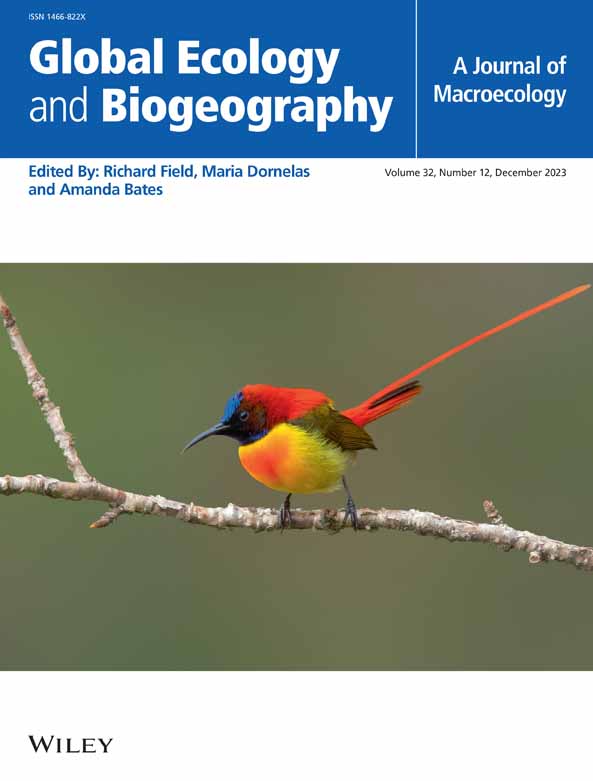Gaps in Global Alien Plant Trait Data and How to Fill Them
Abstract
Aim
Functional traits help to understand the ecological processes underlying biological invasions. The extent to which trait data are available for alien plants at the global scale is unknown. In this study, we assess the availability of trait data and identify global gaps and biases.
Location
Global.
Time Period
Present.
Major Taxa Studied
Vascular plants.
Methods
We used the GloNAF database to get a global list of plants naturalised outside their native range and their distributions. We combined data from the four largest trait databases: AusTraits, BIEN, GIFT, and TRY, on which we performed taxonomic and trait harmonisation. We studied the availability of trait data. Then, based on the distribution data, we tested to what extent trait knowledge was driven by ecological and socioeconomic variables.
Results
We found that the species-by-trait matrix (2764 traits for 14,539 species) was only 1.5% complete, with most traits measured for very few species. Only ten traits were available for more than 50% of all alien plants. Four percent of the species lacked all trait data, while 27% of species had data for the three key plant traits: leaf mass per area, seed mass, and plant height. We observed a strong latitudinal gradient in trait knowledge, with tropical regions showing lower trait knowledge than higher latitudes, particularly in the Northern Hemisphere. Growth form, range size, and invasion status were the strongest predictors of trait knowledge, with widespread, invasive tree species being better recorded than other alien species.
Main Conclusions
We identified large trait data gaps at a global scale for alien plants, which limits our ability to study functional invasion ecology at large spatial scales. These gaps are partly driven by uneven sampling and a lack of trait data integration across sources. We recommend prioritising the most invasion-relevant traits and coordinating community efforts of plant and invasion scientists to sample them in a standardised way, which could help close these gaps.


 求助内容:
求助内容: 应助结果提醒方式:
应助结果提醒方式:


